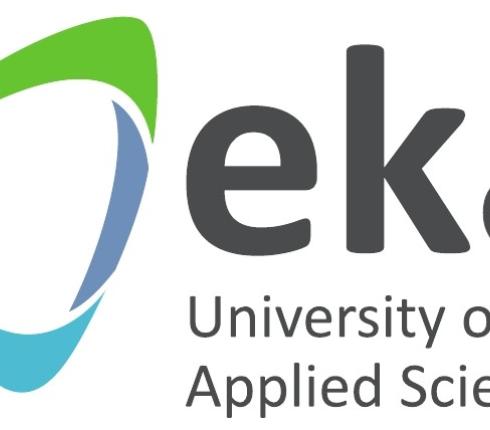Handwritten signatures vs. e-signatures
Signs have played an important role in human communication for centuries. First personalised signs were created to mark one’s property. As handicraft and trade progressed, there was a need to distinguish one’s product from other similar ones. There was also a need for confirmations of written notifications to verify that a declaration of intent was related to a particular sender. E.g. seal rings could be considered as the predecessors of signed declarations of intent.
With the use of electronic messaging, primarily via e-mails, came the need to link specific messages with specific senders. Admittedly, typing your name under an e-mail should also be considered as giving an electronic signature, since electronic data is linked to a specific person. Sending e-mails is an excellent way to exchange messages, because it’s fast, cheap and available to nearly everyone. However, in most cases, e-mails are not very secure. There are no indicators that could safely and unequivocally identify the sender of an e-mail. E-signatures must ensure that third persons would know who the signer of the declaration of intent is. If the e-signature is given by using a qualified certificate, then it is the legislator’s will that said signature would legally be as binding as a handwritten one, unless the nature of the transaction calls for other conditions.
The need for an electronic signature law and e-ID
E-signature would just be another e-solution if the legislator hadn’t created a legal environment for it. Political will is expressed in a corresponding act, which states what kind of requirements an e-signature has to meet in order to qualify as an electronic verification measure. It’s important to note that the act doesn’t regulate e-signature’s technical aspects in detail, since it would probably be outdated before entering into force.
eIDAS regulation (Regulation (EU) No 910/2014 of the European Parliament and of the Council of 23 July 2014 on electronic identification and trust services for electronic transactions in the internal market) supports the technology neutrality principle. It means that every technological solution can be equalized with a handwritten signature if it meets the legislator’s requirements for what a verifying signature should be.
The main purpose of e-signatures is to verify the identity of the person who made the declaration of intent to third persons. That’s why we need an e-ID that enables the identification of the person behind the signature. The perfected e-signature must be linked to only one signer and it must be possible to use the signature to identify the signer. In practice, it doesn’t necessarily mean that the e-signature is given by the person, whom can be considered to be the signer based on the signature data. If a person realizes that their e-ID and electronic signature creation device have been misused by third persons, they have to react immediately. The faster the appropriate authorities and possible counterparts are notified, the bigger the chance that the police investigation will be successful, and the invalid transaction will get annulled.
What kind of legal significance do alternative ways of electronic signing have?
When using e-signatures, counterparts should know what kind of requirements apply to the transaction and what is the level of the certain e-signature, as well as in which authentication processes and transactions it’s legally and technically possible to use the specific e-signature.


































